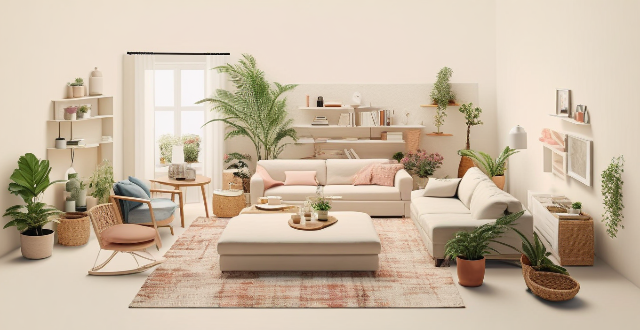Minimalism is about intentional living and promoting clarity, calmness, and efficiency in your home. To apply minimalist principles for quick and effective organization, start by identifying your priorities through listing necessities and assessing functionality. Simplify your space by removing unnecessary items and creating open areas. Categorize and contain items by grouping them together and using clear labeling for easy accessibility. Streamline routines with daily maintenance and simplifying tasks through automation or batch processing. Regularly evaluate and adjust your organizational systems as needs change, embracing quality over quantity and mindful acquisition. Achieving an organized home reflects a purposeful lifestyle supporting well-being and function.

How to Apply Minimalist Principles for Quick and Effective Home Organization
Minimalism is not just about getting rid of your possessions; it's about living with intention and creating a space that promotes clarity, calmness, and efficiency. Here's how you can apply minimalist principles for quick and effective home organization:
Identify Your Priorities
Determine Your Needs
- List Down Necessities: Start by making a list of items you use regularly and those that bring you joy or serve a practical purpose.
- Assess Functionality: For each item, ask yourself if it has a clear function or purpose in your daily life.
Simplify Your Space
- Remove Unnecessary Items: Get rid of anything that doesn't align with your priorities or hasn't been used within the last year.
- Create Open Spaces: Aim for open areas where possible; visible clutter can lead to mental distraction.
Categorize and Contain
Group Like Items Together
- Sort by Categories: Create logical groupings such as kitchenware, clothing, books, etc.
- Use Containers: Store similar items together in boxes or bins to keep them organized and easy to find.
Label and Accessibility
- Clear Labeling: Use clear labels to identify contents quickly without having to open containers.
- Easy Access: Place items that are used frequently in accessible locations.
Streamline Your Routines
Daily Maintenance
- Set Up a Cleaning Routine: Allocate time for tidying up daily to prevent clutter from building up.
- Develop Habits: Practice putting things back where they belong after each use to maintain order.
Simplify Tasks
- Automate When Possible: Use technology or services to automate repetitive tasks like bill payments.
- Batch Process: Handle similar tasks together in designated blocks of time to be more efficient.
Evaluate and Adjust
Regular Reviews
- Periodic Check-ins: Set reminders to periodically review the state of your home and its organization.
- Adapt Over Time: As your needs change, adjust your organizational systems accordingly.
Embrace Minimalism
- Quality over Quantity: Strive to own fewer but better quality items that serve you well.
- Mindful Acquisition: Before bringing new items into your home, consider their necessity and where they will be kept.
By applying these minimalist principles, you can achieve a home that is not only organized but also reflects a lifestyle of purpose and intentionality. Remember, the goal is not just a visually clean space, but a mentally decluttered one that supports your well-being and day-to-day functioning.